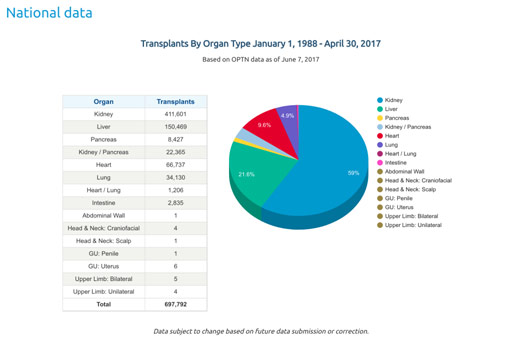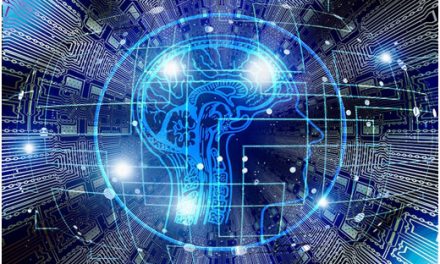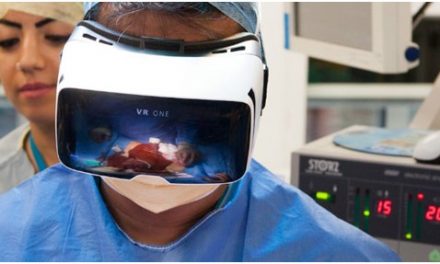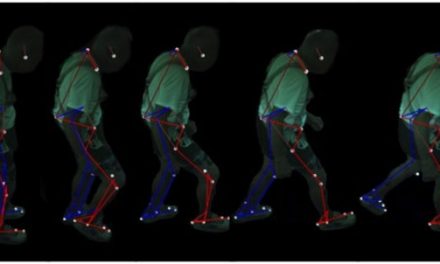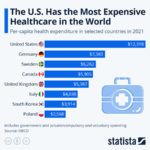Currently, regenerative medicine through stem cells is a game-changing field that has great potential to change everything. Recent advances have unlocked new opportunities and approaches such as rejuvenation, replacement, and regeneration according to The Center for Regenerative Medicine. With stem cells, it is possible to grow organs and tissues that are grown specifically for the needed person, reducing the chance of transplant rejection. Moreover, since stem cells can be grown in cultures, the shortage problem currently associated with transplants could be fixed entirely with the use of growth factors. Stem cells can also treat degenerative diseases like Parkinson’s and Alzheimer’s, for which there is no cure currently, by serving as replacement cells or tissues.

Stem cells are unique because they are unspecialized, they can differentiate, and they can self-renew. Stem cells do not have tissue-specific structures yet, and they can differentiate, meaning they can become a wide variety of specialized cells. Unlike muscle, blood, and nerve cells, stem cells can immortally make millions of more of themselves. There are three main types of stem cells that I will address: totipotent, pluripotent, and multipotent stem cells. Three days after fertilization, there is a clump of sixteen cells called the morula, which is totipotent stem cells because they can become anything in the body, including the placenta. Soon after, the cells begin to differentiate more with the outer layer becoming the blastocyst while the inner cell mass continues to divide. The inner cell mass is pluripotent stem cells, which can also be referred to as embryonic stem cells. These stem cells can become anything except for the placenta because the blastocyst itself becomes the pre-placental cells. After the egg’s implantation in the uterus, there is a formation of three distinct layers of the embryo during gastrulation, which are the ectoderm, mesoderm, and endoderm. Stem cells in each of these layers are multipotent or adult stem cells because they are more restricted in the variety of mature cells in the body they can become. Adult stem cells can also be harvested from the bone marrow of an adult as well. Researchers generally experiment more with embryonic and adult stem cells and not totipotent stem cells because embryonic stem cells can do everything that totipotent stem cells can do except for creating a living person entirely, which is generally not needed for researchers.

While stem cells hold extreme potential, there are some reasonable ethical concerns that need to be addressed because it is currently holding back research and experimentation. Some believe that an embryo, at the blastocyst stage, is a living human being rather than a group of cells. They believe that life starts at conception rather than in the womb or at birth. Thus, those people believe that it is essentially “murder” when researchers destroy the embryo to extract the pluripotent stem cells. A counterargument to this takes a more utilitarian standpoint, arguing that it is worth the possible death of one to save maybe hundreds of others. I do not agree nor disagree with these arguments, but maybe one day scientists do have arguments that appease everyone.
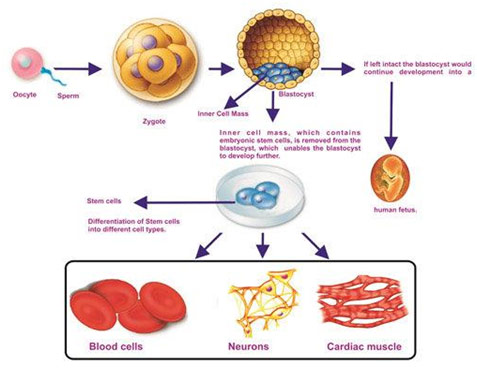
Regenerative medicine is now on of the of priorities of researchers throughout the world because of how it could change the future of medicine. Diseases thought to be incurable before may very well be treatable within even the next decade as clinical trials come in and researchers experiment more and more. At the moment, there are almost 120,000 people waiting to receive an organ, and three people die every hour because they could not get an organ in time. Stem cells could solve many of these cases, making breakthroughs in every aspect, and there is a solid reason to trust that they will.
